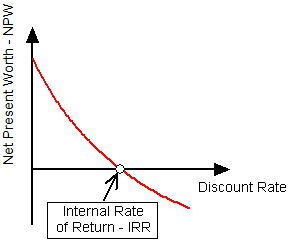The Slack time for an activity is the time between its earliest and latest start time , or between its earliest and latest finish time. Float or Slack is the amount of time that an activity can be delayed past its earliest start or earliest finish without delaying the project. Slack in project scheduling, also known […]







